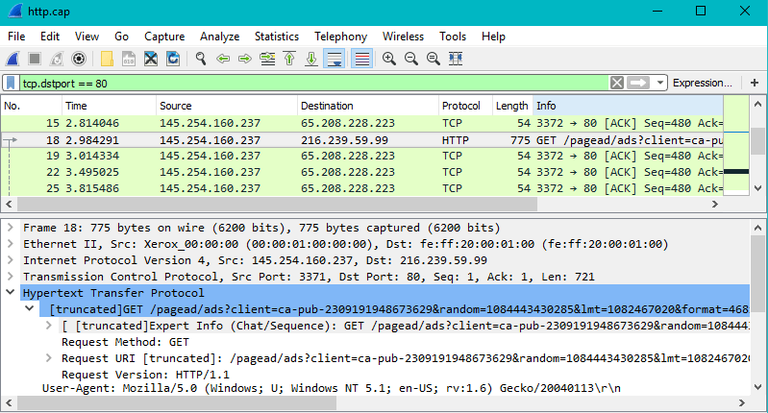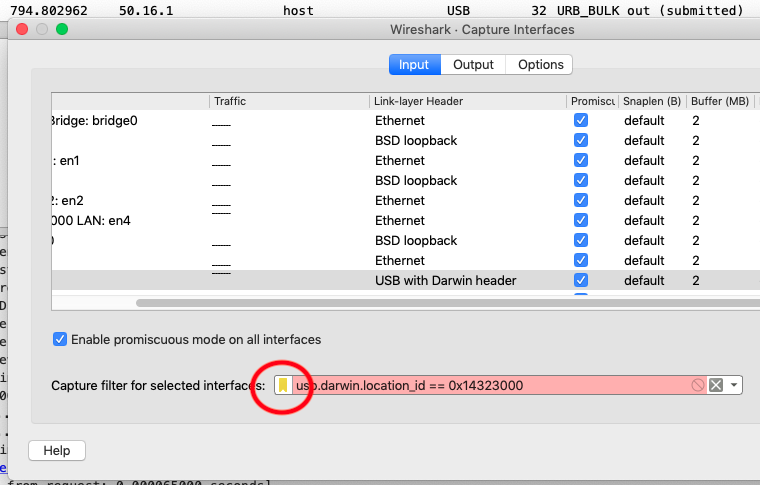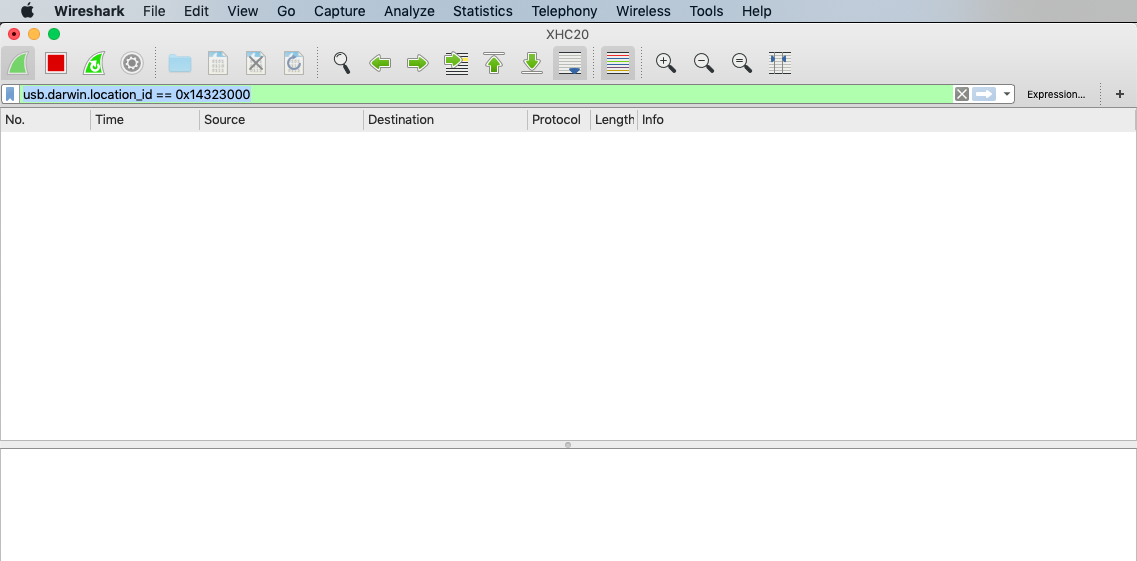


In your case with a single root hub, m will always be 1.

If you unplug a device and plug it again to the same physical port, it will keep the m but get a new n. So in your case, as tsharks returns just a single USB interface to capture at, there is just a single root hub in the PC.ĭuring USB enumeration phase, each USB device detected is assigned an ID like m.n, where m is the root hub number and n is the order number of the device to be identified. This number translates into a capturing interface name if you use the extcap API to control the USBPcap, which is what you seem to be doing as you've provided a tshark. Simply put, there is no capture filter available for usb capturing, except the root hub (or "bus") number.


 0 kommentar(er)
0 kommentar(er)
